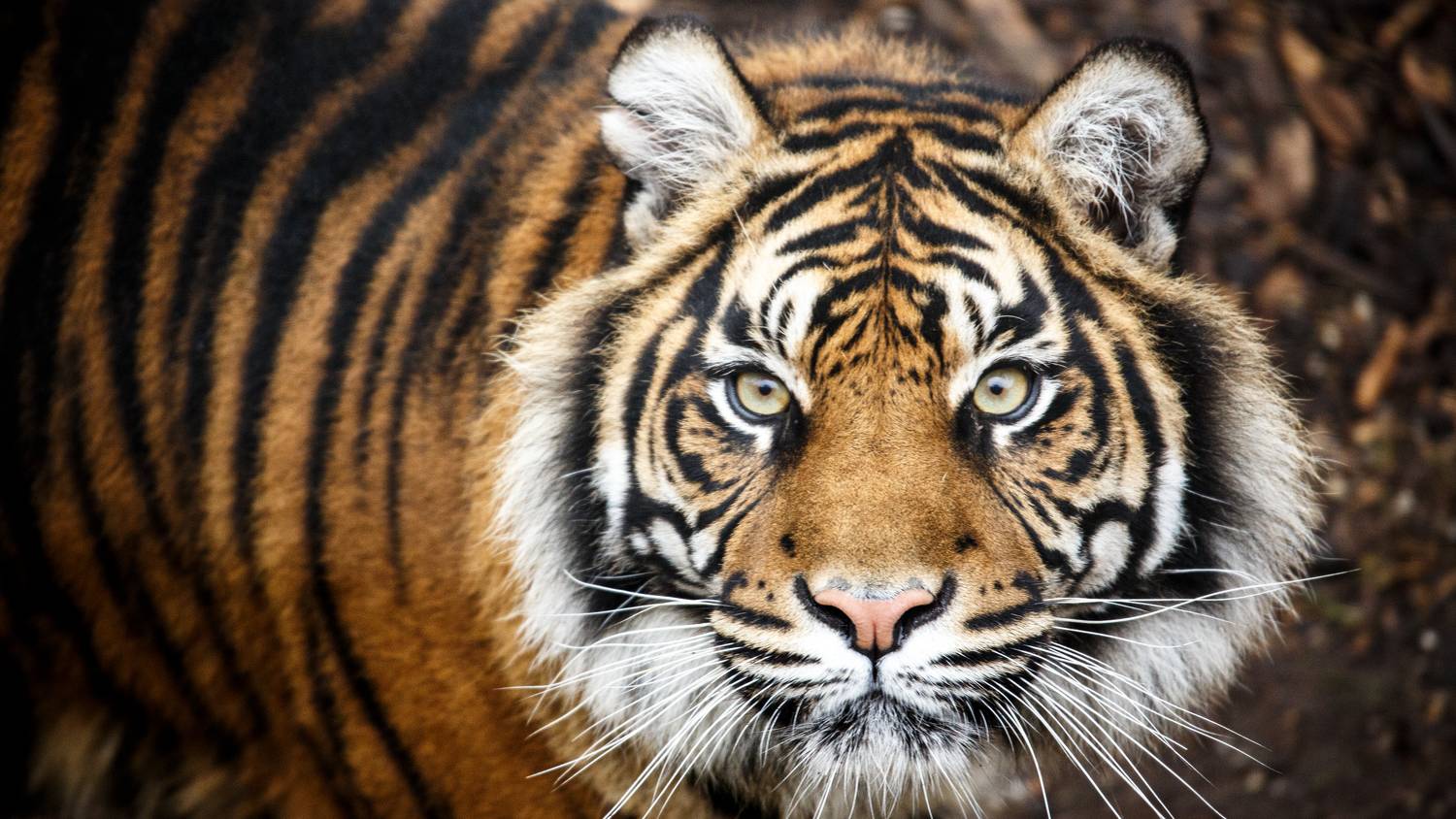The epidemic that Sciences A recent letter published in her columns attracted attention. The viral disease that threatens wild pigs and domestic pigs is called African swine fever, and the mortality rate among infected animals is close to 100 percent.
The virus has now appeared in Africa, Asia and Europe, and has severely affected livestock farmers in middle- and low-income countries.
The African swine fever that emerged in Asia in 2018 devastated bearded pig populations on the island of Borneo, pushing them to the brink of complete extinction, writes the author, Eric Meijgaard, former president of the wild boar conservation organization IUCN.
Before the epidemic, the bearded warthog was the most populous land mammal, and also the animal most hunted by local people. Wild hogs accounted for 81 percent of the game killed, amounting to several million specimens annually
The food supply of local villages was largely dependent on this.
Among indigenous people, environmental disaster can also lead to social collapse.
Professor Benoit Goossens from Cardiff University reported that the results of the ASF vaccine were positive, but it would be possible to solve the issue of protecting domestic pigs in the first place, as mass vaccination of wild boars via grafts is an expensive procedure and a very complex logistical challenge.
In the case of viral infections, we are mostly concerned about the fact that they can be transmitted from animals to humans. In the case of African swine fever, the key lesson is that although African swine fever in its current form is not contagious to humans, its consequences still threaten the lives of millions of people.















































